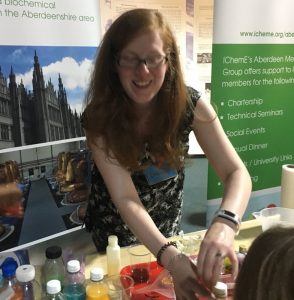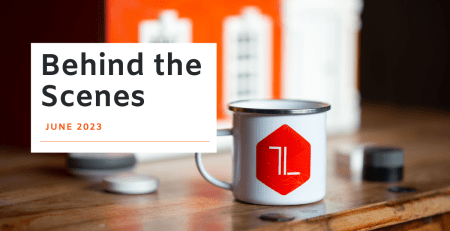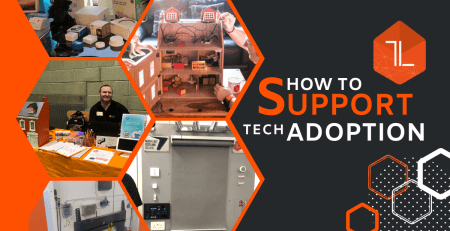The Smart Home Way to Home School
Estimated reading time: 5 minutes
In preparation for “going back to school” after the Easter holidays, we thought it would be fun to share some worksheets and ideas with you to try at home. As engineers we have a huge passion for promoting STEM and getting kids interested in finding out how the world around them works.
This blog is part of our Smart Meets Kind series.
We live in an ageing society. But what does that really mean?
In the next 20 years the balance of young and old will shift to the point where there will be one elderly person for every two people of working age. The challenge this presents is two-fold, a reduction in family members able to provide support and a smaller pool of professional carers.
TL Tech is a Smart Homes Solutions provider with a difference. We help people get the best out of smart home technologies and create unique home environments to meet their needs and budget. Our vision is to “create a home that cares for you as you age”.
Smart home technologies have the power to transform lives, especially for the vulnerable in our society. This blog series will be looking to showcase the opportunities, find out more about the people working in this field and how we can create a world “where smart meets kind”.
STEM Resources & Activities
Electronic & Electrical Engineering
To help people young and old learn about smart homes we have developed a suite of resources, including an interactive smart dolls house.
Here are two great printables that we made last year to give out at exhibitions:


Design Thinking
The design sheet is a fantastic way to introduce some design thinking tools and techniques that can help to spark new ways of thinking and problem solving. I really like the De Bono Thinking Hats for kids:
Blue Hat – Process: This hat represents the process and is about understanding the context, boundaries or rules to the problem. If you are role playing, then the person wearing the blue hat can be the project manager and help to organise the team.
White Hat – Facts: With this thinking hat, you focus on the available data and what facts you know or could seek to gather more understanding about.
Red Hat – Feelings: With the Red hat on, you consider feelings and how you or others might react emotionally. This includes exploring both positive and negative aspects and using empathy to put yourself in someone else’s shoes.
Black Hat – Caution: Using the Black hat, try to see why it might not work, including problems that could arise, risks and downsides. How might you correct these weaknesses or prepare for if it does fail?
Yellow Hat – Benefits: This hat helps you to think positively. What are the potential benefits and how can you maximise the value.
Green Hat – Creativity: With this hat on you are free to dream up alternative solutions, no idea is wrong. Imagine what the future could look like. Try and repurpose an everyday object.
Computer Science
Smart homes is such a growing field in engineering and it would be great to get more young people involved in the hands on making and coding. There are some cool coding activities online. The one that our kids like is called An Hour of Code and we also have Osmo that has interactive blocks that works with an iPad.
Chemical Engineering
Some of you might have tried out my Chemical Engineering workshop activities before or seen my posts online about running sessions at the Science Centre and University. So as a wee bonus here are the worksheets for the Chemical Engineering Unit Operations activities too!

Key Takeways
If you are interested in learning a bit more about how your child’s brain works, there is a fascinating article on the STEM.org website by Professor Paul Howard-Jones. This work has been written with the current situation in mind and they are encouraging people to post their questions about how learning takes place and they will post some follow-up video responses.
There are a few things that I took away from reading this:
- “If you notice your child showing curiosity then feed that curiosity, you may find a way of turning it into a learning experience.”
- “When supporting your child with their learning, they will unconsciously pick up on how you are feeling and thinking about the subject and the work they’ve been set.”
- “For new knowledge to be meaningful, a child must connect it with what they already know.”
- “Having knowledge stored in lots of different ways makes it easier to recall and use it. To understand why this is, think about what makes a hat useful. Having a hat becomes more useful when you have many different hats in your house. With many different hats in your house, you are always likely to find a hat, and you are more likely to find one that fits the occasion.” I’m a bit spooked that Professor Paul Howard-Jones also uses hats to help in his learning discussions!
Feel free to share these resources with others. If you complete any of the activities it would be lovely to see your results. Please let us know how you got on, or if you have any feedback. Oh and once things get a back to normal with the schools, we’d be more than happy to take the dolls house (and maybe some hats) on tour!





Leave a Reply